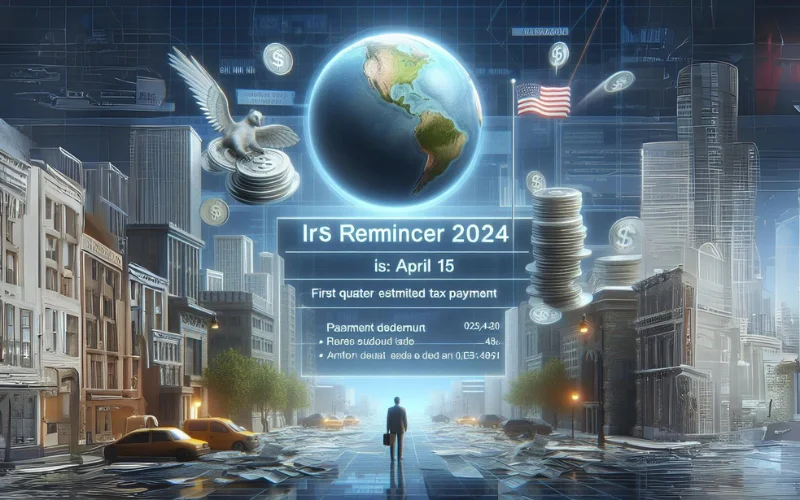The ambition was grand—reshaping the convoluted web of global payments by harnessing blockchain technology. Ripple, a San Francisco-based tech company, endeavored to weave an “internet of value” through the innovative prowess underlying Bitcoin’s blockchain. Its primary objective was nothing short of revolutionizing a system responsible for over $76 billion in daily transactions across banks worldwide.
Yet, Ripple’s narrative underwent an unforeseen transformation during the cryptocurrency frenzy of late 2017. Anchored by its holdings of the digital token XRP, the company experienced an unprecedented surge. The value of XRP skyrocketed by a staggering 1,300 percent between September and January, outshining the gains of Bitcoin and Ether, creating sudden paper billionaires among Ripple’s executives. Positioned as a conduit for expediting cross-border cash transfers, XRP garnered investor interest for its potential in enhancing banking transactions’ speed and cost-efficiency.
However, the harsh reality soon emerged—banks expressed little inclination towards adopting XRP. Despite Ripple’s partnerships with major financial institutions, current and former executives from seven global banks anonymously declared their reluctance to entrust their clients’ payments to a cryptocurrency.
Joseph Lubin, founder of ConsenSys, a firm pioneering Ethereum blockchain applications, expressed skepticism, dubbing XRP as “totally useless,” except for generating substantial revenue for Ripple. The company holds a substantial 61 billion of the 100 billion tokens in escrow, valuing approximately $1.31 each on Jan. 25, totaling around $80 billion. Ripple has selectively sold over $185 million in XRP since September 2016.
Brad Garlinghouse, CEO of Ripple, insists that despite the bank’s skepticism towards XRP, Ripple is actively engaged with over 100 banks to revolutionize payment procedures. RippleNet, the company’s primary product, operates independently of XRP, striving to ameliorate an outdated system plagued by friction, lack of transparency, and sluggishness.
The battle lines are drawn between RippleNet and the Society for Worldwide Interbank Financial Telecommunication (SWIFT), a venerable messaging system connecting 11,000 financial companies globally. Garlinghouse paints the competition as a classic Silicon Valley narrative—David challenging Goliath with trillions of dollars in asset flows at stake.
Ripple’s journey commenced in 2012, aiming to build a streamlined, decentralized payment mechanism utilizing blockchain-inspired technology. Initially envisioning XRP as an integral part of its model, Ripple’s aspirations faced a harsh reality—banks cited regulatory concerns and emphasized the significance of established corporate clients that fuel the cross-border payment ecosystem.
Thus, Ripple pivoted toward RippleNet, emulating Swift’s messaging system, while also facilitating transaction settlements. Although Ripple has amassed numerous banks onto its network and attracted equity investments from giants like Standard Chartered Plc and Banco Santander SA, adoption remains tentative. Standard Chartered and Santander are currently testing Ripple’s technology without committing to its full-fledged use.
Despite this cautious stance, Ripple has demonstrated success in specific projects. Santander’s U.K. division initiated trials using Ripple technology for rapid international payments via mobile apps, while Standard Chartered started a program for cross-border transactions between Singapore and India for corporate clients.
Swift, however, isn’t resting on its laurels, having rolled out its major upgrade—Global Payments Innovation (GPI). Swift’s head of banking, Harry Newman, lauds GPI’s efficiency, contrasting it with Ripple’s offerings. He believes the rampant volatility of cryptocurrencies like XRP could deter banks and clients, adding unnecessary complexity to the system.
Despite resistance, Ripple’s XRP found application with companies like Cuallix, utilizing XRP for transactions between the U.S. and Mexico. MoneyGram International Inc. and other remittance firms are now testing XRP for remittances, indicating potential albeit amidst volatility.
Investors remain polarized. Some, like Ibrahim Alkurd, see potential due to Ripple’s bank partnerships, while others, like Michael Jackson, remain skeptical. The qualitative differences between XRP and other cryptocurrencies remain a crucial point to consider.
Source: Matthew Leising & Edward Robinson





